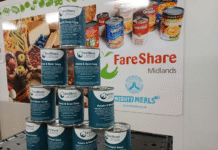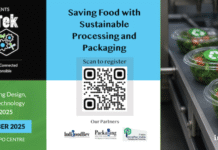The ninth edition of Plastindia, which is considered to be the largest exhibition for plastic processing and allied industry in India, was held from 5 to 10 February 2015 in Gandhinagar and drew substantial praise from visitors and participants alike. The event was a success despite a late change in venue from New Delhi to the capital of Gujarat. The event had been taking place in New Delhi for more than two decades.
When the 2015 edition was first announced Gujarat was supposed to be the venue. However, in late 2013, Plastindia Foundation, the organizer of the expo, shifted the venue back to New Delhi due to preference shown by domestic as well as foreign exhibitors for retaining Pragati Maidan as the venue. However, in 2014, the organizers decided to shift the venue again to Gandhinagar saying that infrastructural issues associated with the new venue had been sorted out. Additionally the fact that 65% of India’s plastics manufacturers are based in Gujarat also helped in decision-making. In Gandhinagar, the venue of the six-day event was Helipad Grounds, a modern space which was ideal for an event of the scale of Plastindia.
The event was inaugurated by the chief minister, Anandiben Patel, and Saurabh Patel, minister for finance, petrochemicals, power, and tourism, Gujarat. The Gujarat government also announced 5% cash subsidy for purchase of machinery from Gujarat-based companies and 3% for purchase from out of Gujarat but within India. Apart from Indian-based companies, the show saw the participation of companies from UK, France, Austria, Germany, Switzerland, China, Taiwan, Italy, Saudi Arabia, Singapore, to name just a few. The organizers said that Plastindia 2015 saw almost 200,000 visitors over six days, much higher than the previous edition.
The feedback about the quality of infrastructure of the venue was overwhelmingly positive from both participating companies as well as visitors. The halls were of top quality and the visitors felt that the design and layout of the stands was very modern and outstanding. This was echoed by participants as well. A lot of participants were also able to do pretty good business during the event.
Amid all the praise about the quality of the venue and the stands and high footfall, there were also some issues which drew criticism from both participants and visitors alike. The biggest issue was that there were not enough hotel rooms available to accommodate such large number of visitors during the period of six days. Another related problem, particularly for visitors, was the lack of transportation. Reaching Gandhinagar, which is almost 35 kilometres from Ahmedabad where a lot of visitors stayed, took almost an hour and finding autos and taxies was bit of a challenge.
However, in the same breath, many visitors and exhibitors said that these issues were like teething problems which would get sorted out with time as more infrastructure gets built up in and around Ahmedabad and Gandhinagar











